5 Types of Animal Camouflage
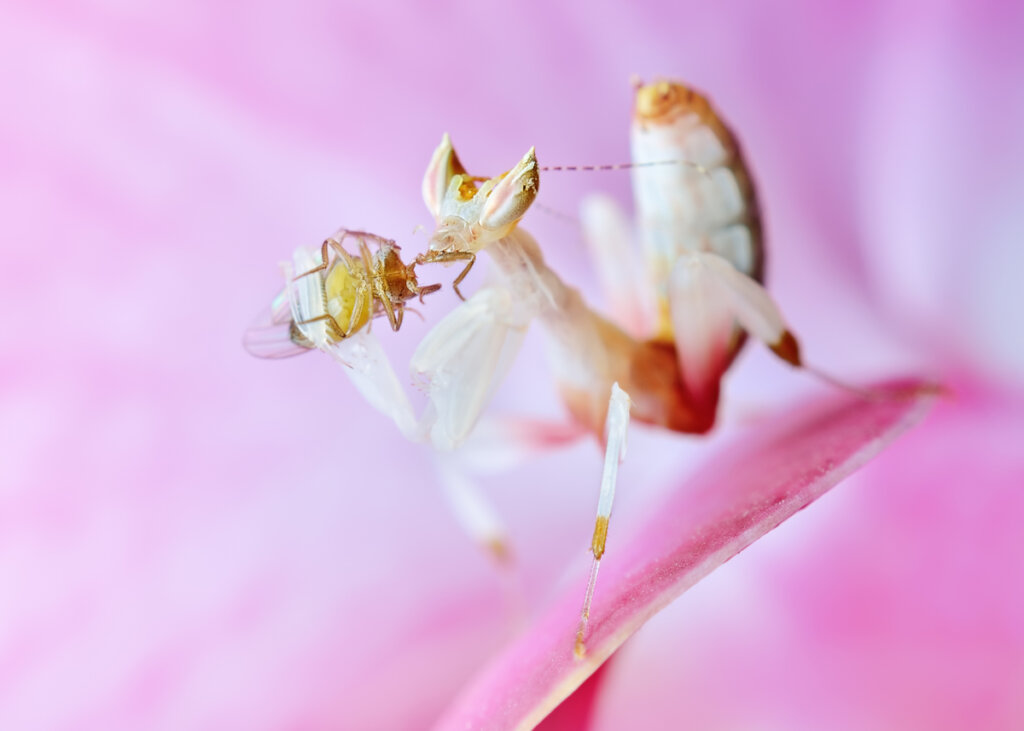
Camouflage is a form of adaptation, which helps animals that have this ability to go unnoticed. In this way, they avoid being detected or recognized, by resembling the environment or some inanimate object in their habitat.
It’s surprising to find out about all the forms of camouflage that exist in animals, as natural selection encourages the strangest and most specific adaptations in each ecosystem. Let’s learn about five types of animal camouflage in this article.
Why do animals camouflage?
One of the strongest selective factors in nature is predation. Camouflage, meanwhile, brings greater survival or better food opportunities, as it’s also used by animals to hide from their prey. For this reason, it can be said that it’s used for both defensive and aggressive purposes, as researchers Martin Stevens and Sami Merilaita tell us.
A good example of this phenomenon are the birds of the genus Caprimulgus – nightjars – as they camouflage themselves by resembling the environment where they rest during the day to avoid being seen by possible predators, as indicated by the University of Exeter.
Types of camouflage
An animal that’s difficult to detect is called a cryptic. Some forms of crypsis are to resemble the environment, using bioluminescence to hide the shadows generated in aquatic environments, or decorating the body with objects from the environment – such as leaves and branches – as some crabs, insects, and snails do.
Crypsis — the inclusion of colors and patterns that prevent detection — has other strategies as well. Here are some of the most common.
1. Blending in with the environment
Here, the appearance of the animal generally matches the color, lightness, and patterns of one or more environments. A good example is the squid, as it can change its appearance to match the background, and it can also vary its shape to resemble objects, such as seaweed or stones.
Leaf insects are another clear example of crypsis mimetic in the animal kingdom.
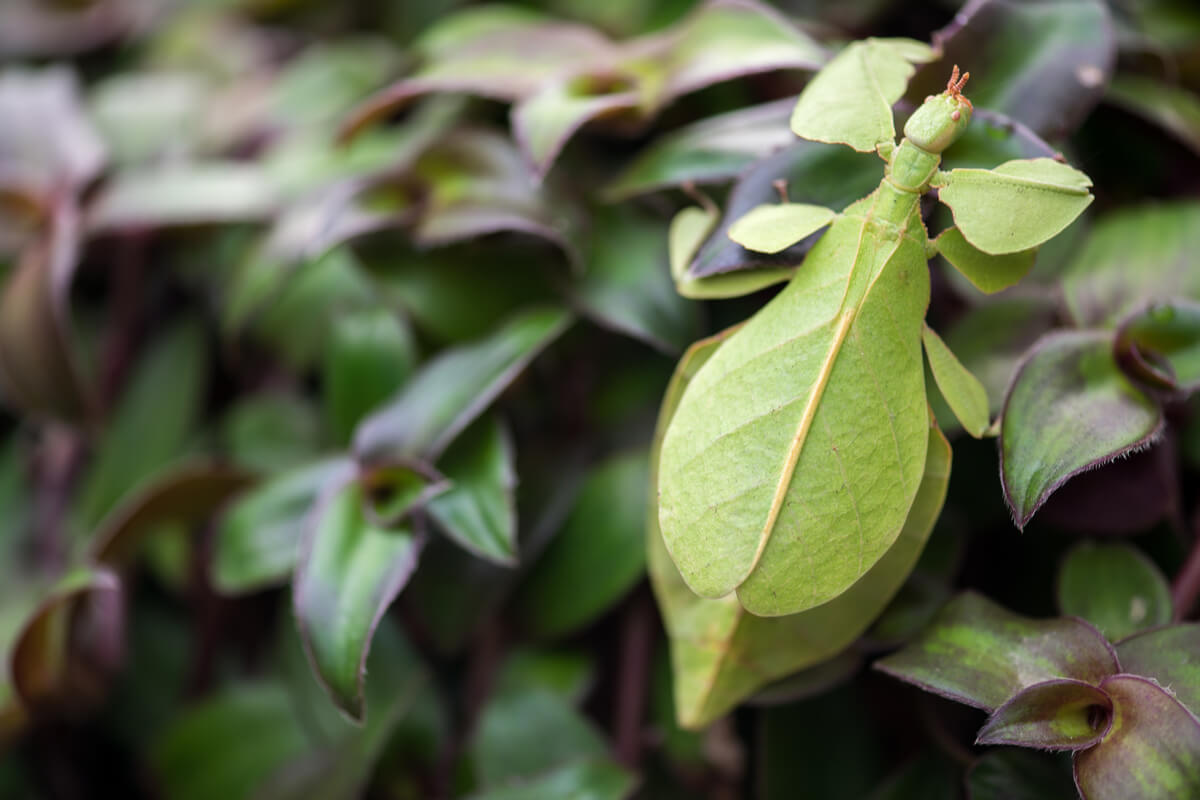
2. Counter-shading
This is a coloration also known as counter-shade, counter-coloring or Thayer’s law. According to the BBC, American artist Abbott Handerson Thayer was the first person to study and then describe and illustrate this coloring pattern.
This type of camouflage reduces the contrast of animals that are darker at the top by means of light, so that the shape of the animal appears flatter.
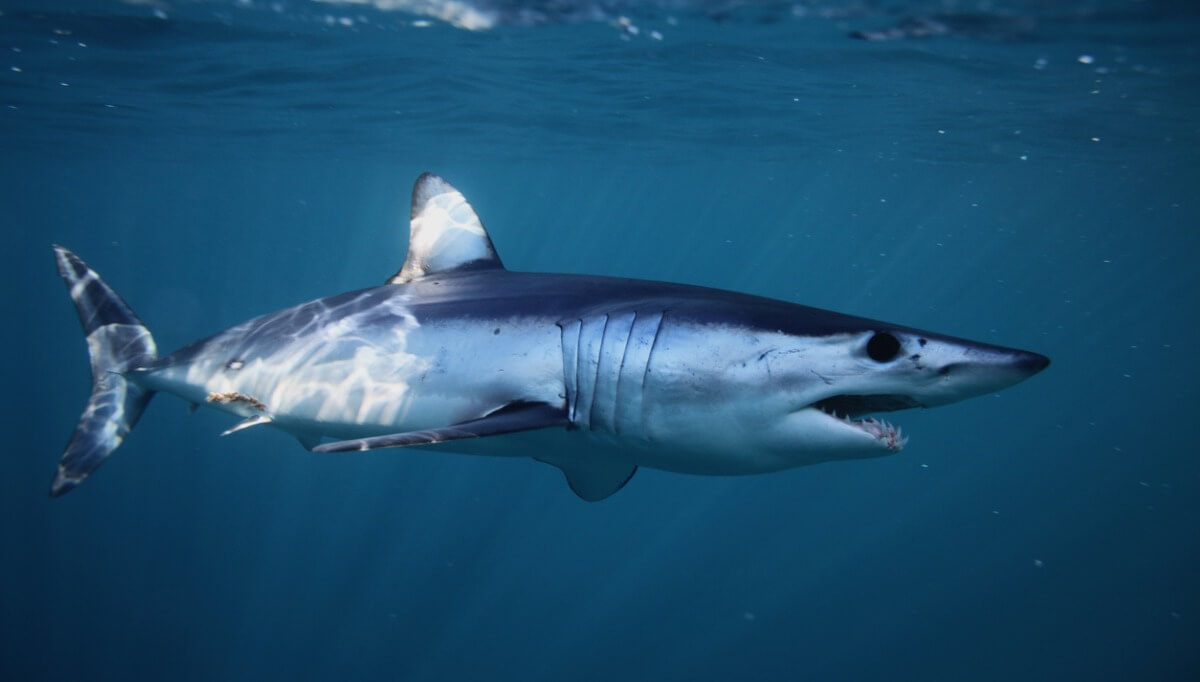
3. Disruptive coloring
This form of camouflage is recognized by a set of marks that create the appearance of false borders and boundaries, which makes it difficult to detect or recognize an animal, and its true contour and shape. An example of this coloration is the Papuan podargo bird or the nosed viper.
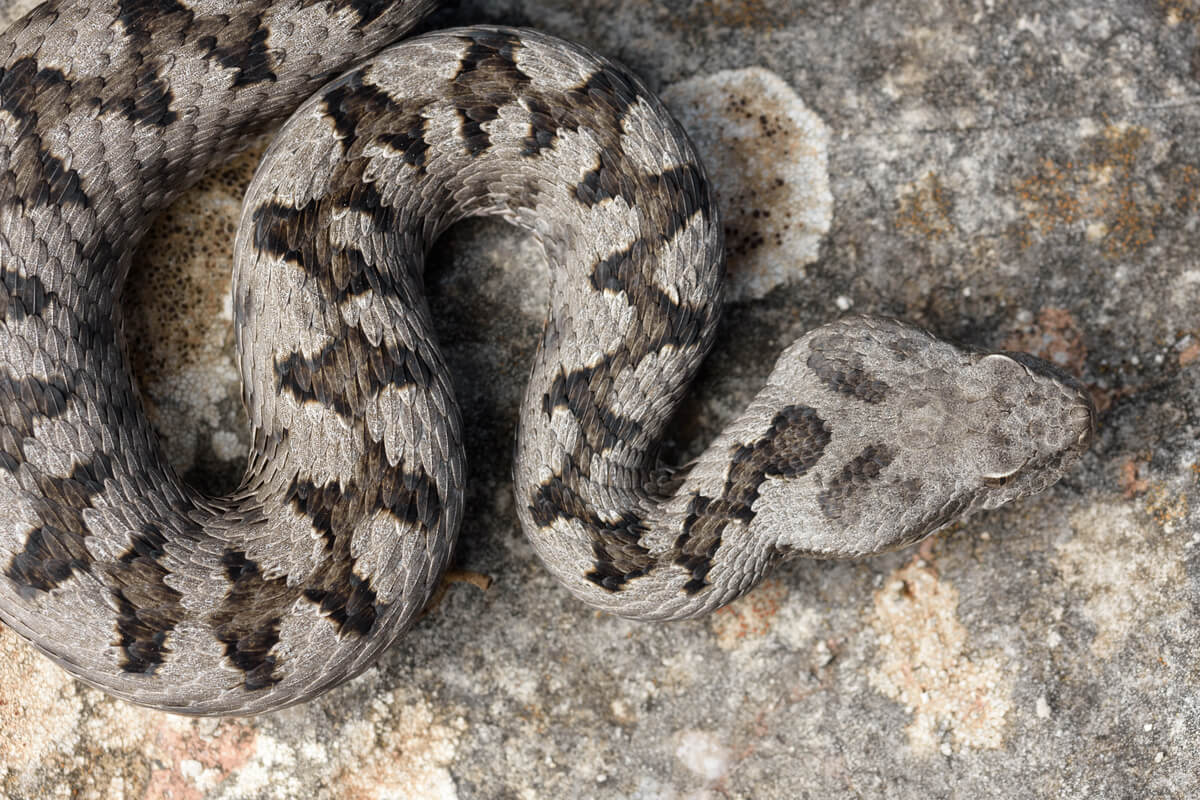
4. Fusion by motion
This occurs when marks – such as stripes – blur during movement, in order to match the color and clarity of the surroundings. This prevents the animal from being detected when it’s moving.
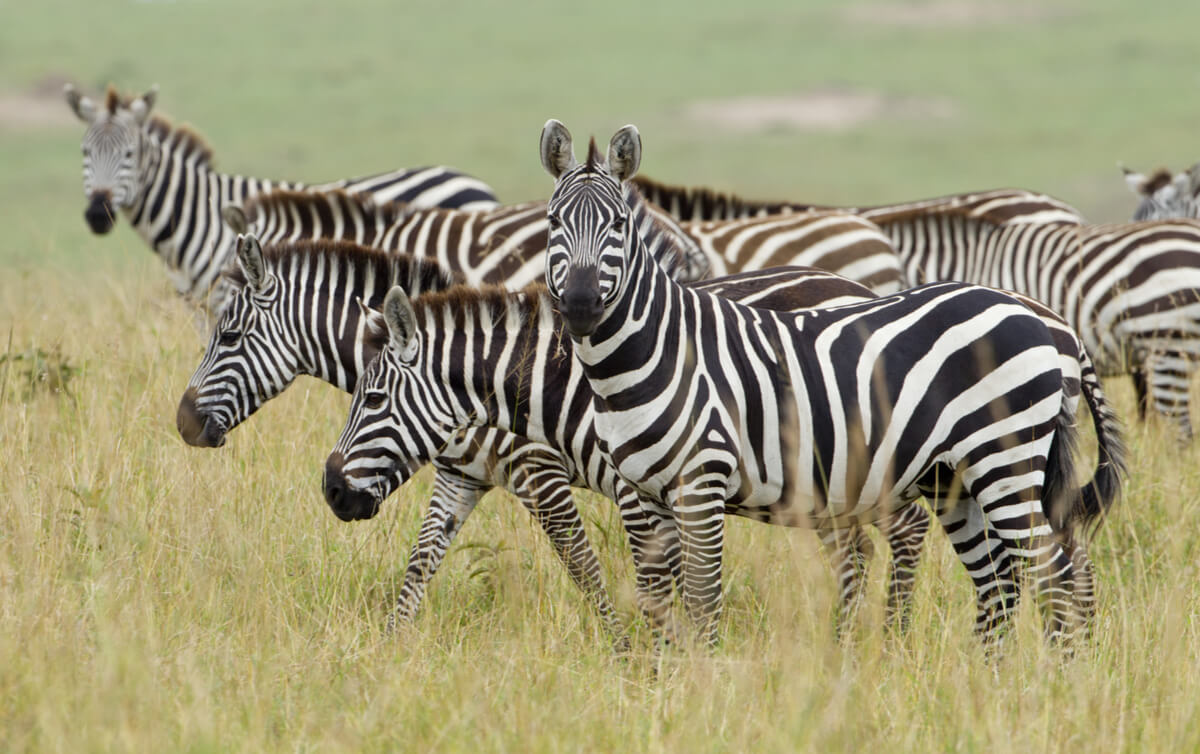
5. Transparencies
It occurs when the body of an animal – or a part of it – is transparent, which reduces the probability that it’ll be detected. This feature seems to be the ideal camouflage, as concealment doesn’t depend on the background or the behavior. Only the background is matched, as is the case with glass frogs.
Another type of camouflage similar to this is mirror camouflage. This occurs because these animals have reflective bodies, like the glass of a dressing table. An example of this are sardines.
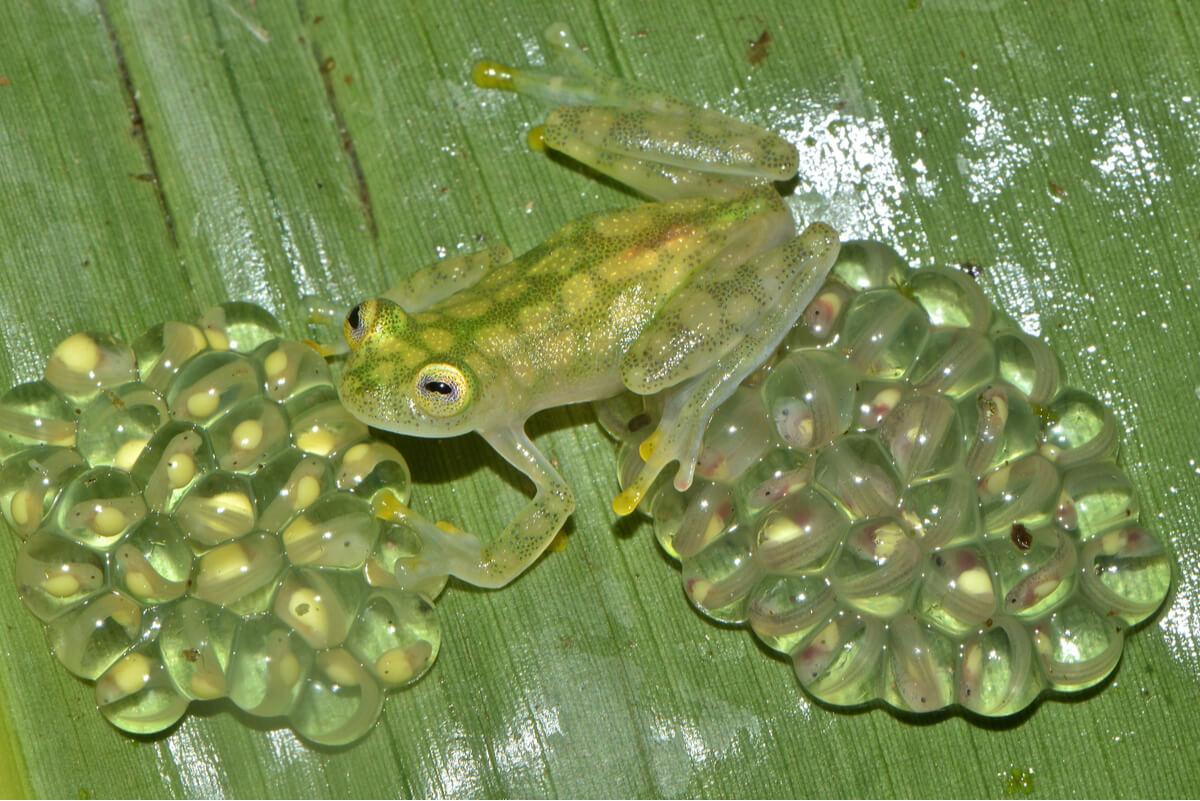
All these forms of camouflage are living proof of the importance for animals of avoiding becoming prey and for getting prey – the most important selection factors in nature. Many times, the color of a living being can mean the difference between life and death.
All cited sources were thoroughly reviewed by our team to ensure their quality, reliability, currency, and validity. The bibliography of this article was considered reliable and of academic or scientific accuracy.
BBC.¿Por qué tantos animales son oscuros por arriba y claros por debajo? [Internet]. BBC; 2016 [consultado el 16 de abril de 2021]. Disponible en: https://www.bbc.com/mundo/noticias-37910465
Cuthill I. Camouflage. Journal of Zoology [Internet] 2019 [consultado el 16 de abril de 2021]; 308 (2): 75-92. Disponible en: https://zslpublications.onlinelibrary.wiley.com/doi/10.1111/jzo.12682
Nokelainen O y Stevens M. Camouflage. Current Biology Magazine [Internet] 2016 [consultado el 16 de abril de 2021]. Disponible en: https://www.cell.com/current-biology/pdf/S0960-9822(16)30254-8.pdf
Stevens M y Merilaita S. Animal Camouflage: Mechanisms and Function [Internet]. Estados Unidos: Cambridge University Press; 2011 [consultado el 16 de abril de 2021]. Disponible en: https://books.google.es/books?hl=en&lr=&id=10TCvK-9v70C&oi=fnd&pg=PR6&dq=camouflage&ots=KxserrWkOi&sig=08rRSK3ntVfMjIceiNRDn8PfdZM#v=onepage&q=camouflage&f=false
